‘Bonded leather’ is one leather-related term you’re likely to have stumbled across at some point. Or maybe you know it by one of its many monikers: ‘reconstituted leather’, ‘blended leather’, ‘composition leather’ and so on.
What is bonded leather?
Published 2 years ago
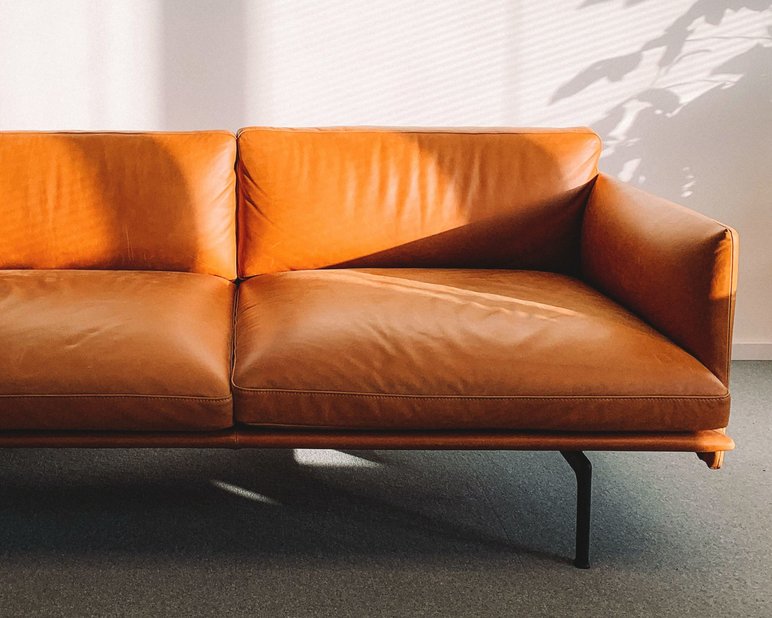
Scores of brands and retailers — from furniture stores to bookbinders — market their goods as made from bonded leather, but what’s the truth about this semi-mysterious material?
The reality is that it can hardly be considered real leather at all. Read on to find out why.
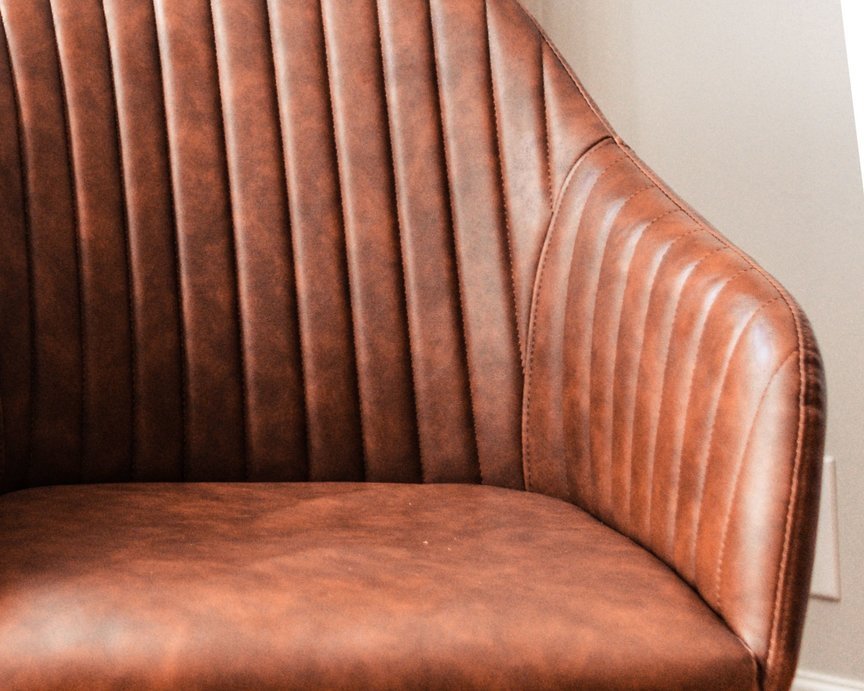
What is bonded leather?
Before we get into it, let’s take a small step back. Real leather is made by splitting (and then treating) tanned animal hides. The cross-section of a hide will show that it’s comprised of a few distinct layers. Layers closer to the surface of the animal’s skin are hardier and hence make for better quality leather.
The remaining fibres do not have the right blend of physical attributes alone to be used to make leather goods. However, these leftovers can be mixed with a polyurethane (PU) or rubber binder and bonded onto a paper backer to create a new material: bonded leather. The material can additionally be embossed by a heavy roller to give it the texture of real leather.
Is bonded leather real leather?
It’s a touchy question. The majority of bonded leather actually only contains 10-20% animal leather. The rest of the material tends to be constituted of synthetic plastics. This has led to concerns surrounding the marketing of bonded leather. Can a piece of bonded leather furniture truly be considered real leather, when it only contains a small amount of animal leather? We think not.
There is a legitimate concern that consumers are being misled by the bonded leather label. To counter this, product standards bodies like the European Committee for Standardization state that a ‘minimum amount of 50% in weight of dry leather is needed to use the term "bonded leather"’.
In fairness, some bonded leather contains up to 90% animal leather, which would lead to a far superior product in terms of quality and longevity. So it’s best to always do your homework — i.e. check the fine print — when on the hunt for leather accessories.
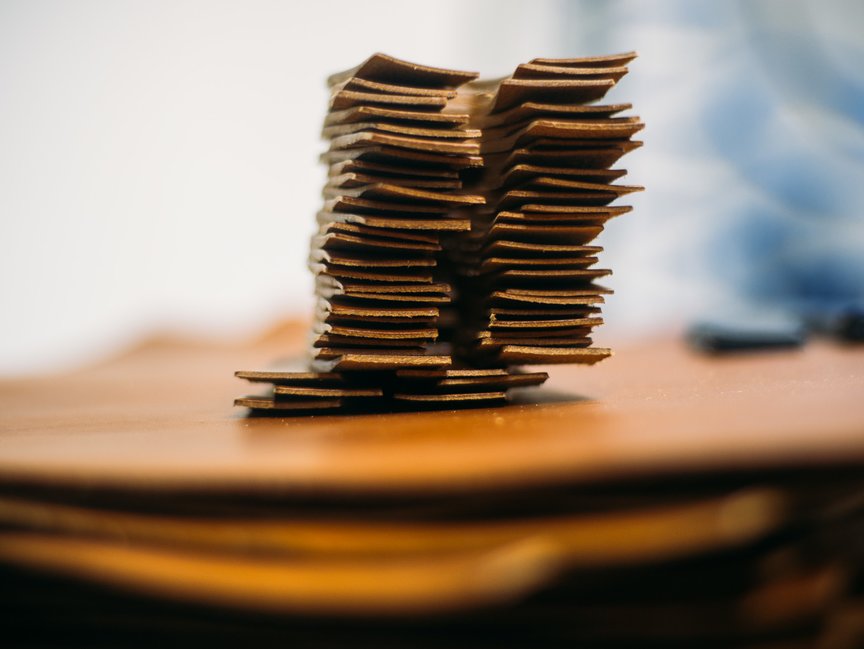
Is bonded leather durable?
The short answer is that relative to real leather, bonded leather is considerably less hardwearing, with a shelf life of in the region of 2-5 years (versus a lifetime for certain premium leather products).
When you think about it, this makes a lot of sense. After all, bonded leather is generally a composite of bottom-grade leather scraps and plastic. The PU used is renowned for its inelasticity, meaning consumer goods made from bonded leather are prone to scratches, peeling and flaking over time. Couple this with that the PU binder makes it near impossible to condition or treat the material, and you can understand the inherent limitations.
Having said this, once again a degree of nuance is required. For example, a bonded leather chair made from 70% real leather is likely to have a superior shelf life to one constituted from 10%. While certain manufacturers may adopt processes that lead to a better quality product.
Advantages of bonded leather
-
Comparative low cost. In contrast to real leather, bonded leather is
generally more cost-effective given it’s less expensive for manufacturers to
produce.
-
Environmentally-friendly. Because bonded leather is comprised of leftover
leather scraps that would otherwise go to waste and increase landfill.
-
Smooth and consistent appearance. While many leather connoisseurs favour the
uniqueness of real leather (after all, no two hides are the same), some
consumers prefer the consistent texture and appearance characteristic of
bonded leather.
- Variety. Bonded leather is easily treated to create a variety of textures and colours.
- Easy to clean. Usually as simple as rubbing a wet microfibre cloth over the surface.
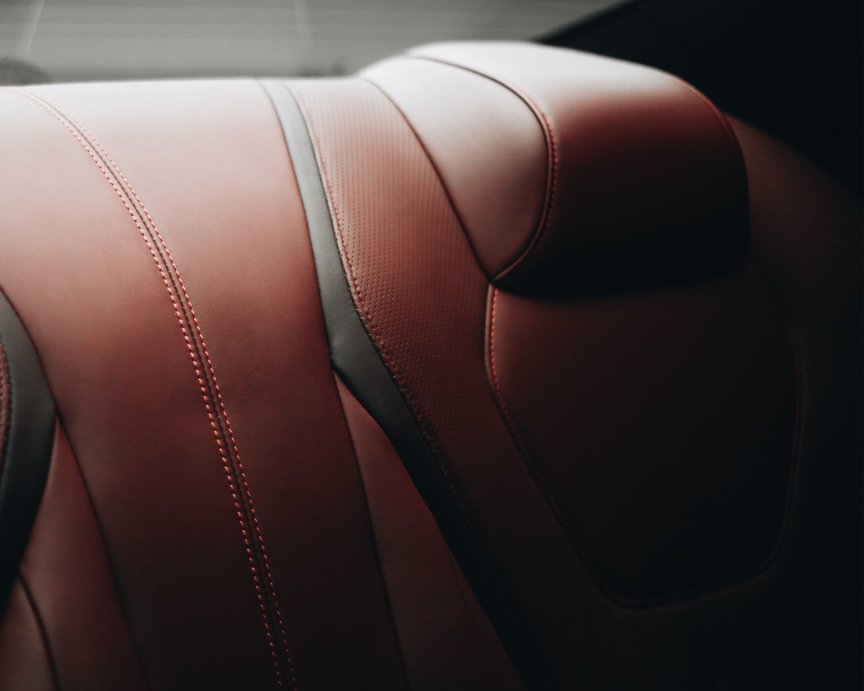
Disadvantages of bonded leather
-
Durability concerns. As mentioned above, it lacks the strength of premium animal leather. Bonded leather peeling is common with frequent use.
-
Plasticiser sweating. There is evidence to suggest that the PU products ‘sweat’ over time, releasing minuscule amounts of plastic, which can lead to respiratory problems.
-
Fading colour. Bonded leather goods can be easily affected by sunlight.
-
Difficult to prolong shelf life. While the fibres that make up real leather can be treated with lubricants and protectants to enhance shelf life and general appearance, the PU binder at the heart of bonded leather prevents this.

Uses of bonded leather
The most common use of bonded leather is in the manufacturing of furniture upholstery. This covers but is not limited to sofas, chairs, bed headboards and stool coverings. Given that certain types of bonded leather imitate the physical properties of real leather near-perfectly, it can be difficult to spot the difference at first glance.
Bookbinding is another industry reliant on bonded leather. This is because the material is inexpensive, offers a fair degree of protection and is available in a wide variety of colours and textures to meet client needs.
Bonded leather is also used in the production of everyday fashion accessories, spanning handbags to briefcases and even linings. It is a fundamentally versatile material with a wide range of applications in modern society.
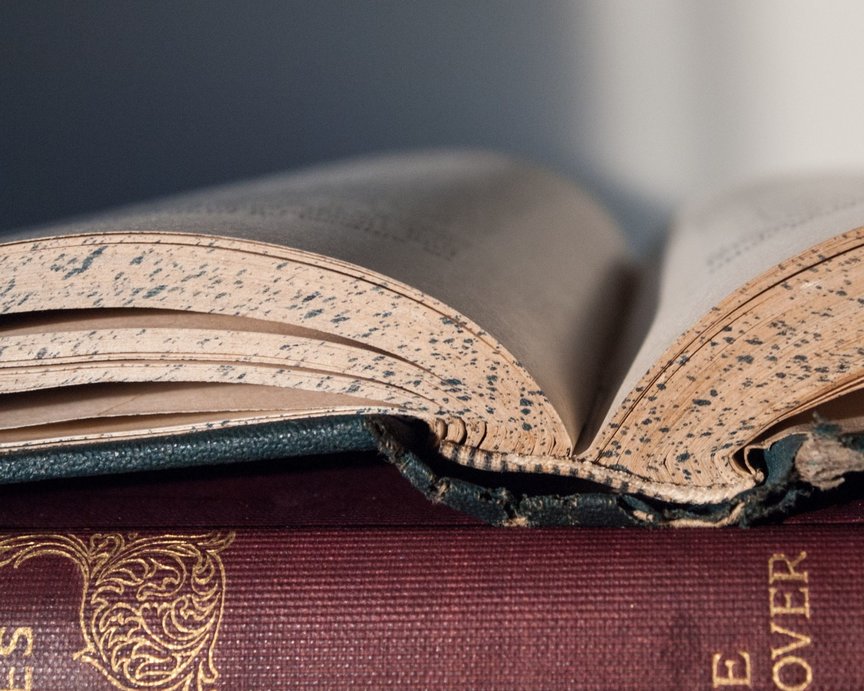
How to identify bonded leather
You want to know what you’re paying for. But bonded leather manufacturers are acutely aware of the material’s limitations and some have been accused of misrepresenting the percentage of leather content.
To avoid being misled, we recommend paying close attention to product labels that should paint a better picture of the leather-plastic breakdown. Aside from that, the trained eye (and nose) can gauge a takeaway or two from studying the product. As a general rule, bonded leather is thinner than real leather and likely to have a synthetic odour.
Price is another tell-tale sign (lower prices tend to indicate lower-quality leather), however, perhaps the safest thing to do is simply to get in touch with the retailer.
Takeaway
Let’s take it back to the original question. What is bonded leather? In essence, bonded leather is a hybrid leather-plastic material that shares some of the characteristics of real leather (e.g. physical appearance and the fact it is — partially at least — made from animal hides) but ultimately lacks the inherent durability of the genuine article.
It’s a cheaper alternative that has a role to play in the production of many products. Just don’t be fooled by the ‘bonded leather’ tag.